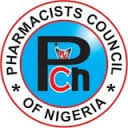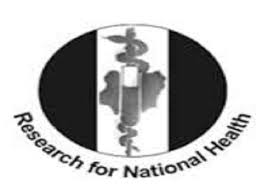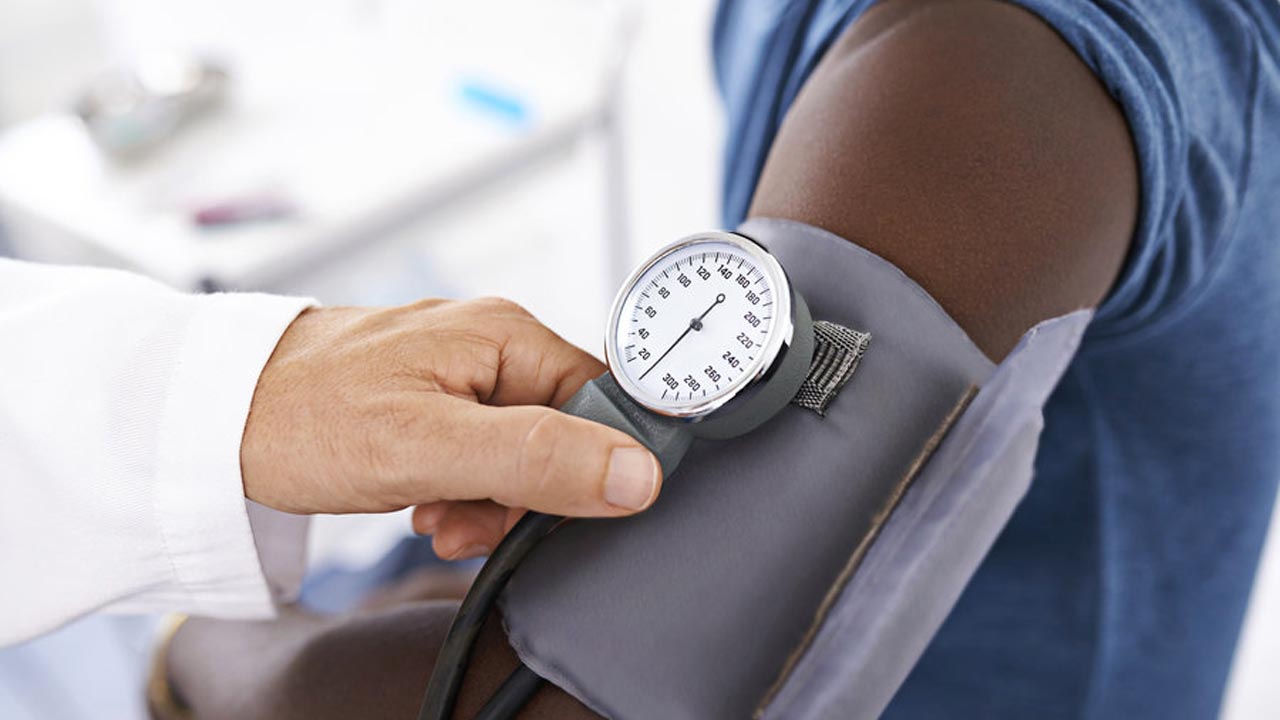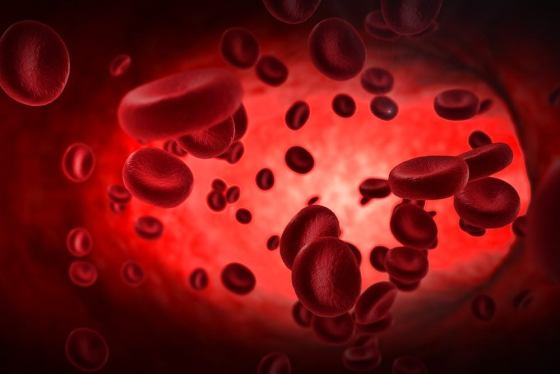ANALYSIS
Has the Nigerian Ministry of Education taken a high-risk decision to bring forward re-opening of primary and secondary schools before the country's Ebola outbreak is certifiably over?
The evidence indicates that this may be so.
Two full incubation periods (21 days x 2 / 42 days) without cases is the global health standard for declaring an Ebola outbreak over in a particular location.
Going by the official Ministry of Health Ebola update (of 1st September) - "...the number of contacts under surveillance in Lagos stands at 72 while in Port Harcourt, the total number of contacts under surveillance stands at 199" - i.e. for a minimum of 21 days. The update further confirmed that "No contact in Port Harcourt has completed the 21 day observation period". The Ministry of Health has also warned that it is likely there will be more confirmed cases of Ebola
Yet - on the 5th of September, the Ministry of Education announced that it has reversed its earlier decision (of 26th August) to postpone schools resumption till the 13th of October - and announced that schools would now re-open sooner - on the 22nd of September.
What has prompted this apparently hasty review?
Would it not have been much safer - to wait for some time after the outcomes of the minimum 21 day incubation period covering the last batch of persons placed under surveillance - before reviewing the date for school resumption?
There Is Far Too Much At Stake For Questions Not To Be Asked.
Moving millions of children and adolescents within and across 36 states of the federation before the Ebola outbreak is fully under control may turn out to be an unwise decision.
The total population of students in Nigeria surpasses the combined population of Guinea, Liberia and Sierra Leone where the current Ebola epidemic has been declared by experts as out of control: Pre-primary (ages 3 to 5) population of Nigerian students is estimated at 15.9 million; Primary (ages 6 to 11) 27.04 million; Secondary (ages 12 to 17) 21.8 million; and Tertiary (ages 18 years and above) 15.3 million.
The populations of Guinea, Liberia and Sierra Leone are: 11.4 million; 4.1 million; and 5.9 million respectively.
Throwing about 80 million Nigerian children, adolescents, and young adults - (across an estimated 100,000 or more schools) into a potential Ebola mix, at a time when an abundance of caution is crucial - can hardly be described as a low, or even medium risk strategy.
Is the Call for Caution Misplaced?
The evidence from Liberia and Sierra Leone where there have been riots, disruption to food production, manufacturing, mining, education, retail; and announcements of nationwide lock downs suggests not.
To quote the Deputy director of US Center for Disease Control's National Center for Emerging Zoonotic and Infectious Diseases:
"If there was no cases identified after today, we would still be committed to waiting 42 days from today to declare the outbreak fully over. The concern is that the outbreak can be reseeded much like a forest fire, with sparks from one tree reseeding it. That is clearly what happened in Liberia.
Liberia was a situation they did not have any new cases for more than 21 days in the first wave of the outbreak... Until we can identify and interrupt every chain of transmission, we will not be able to control the outbreak."
The Question Then Has To Be Asked - Why Has the Ministry of Education Reversed Its Earlier Decision Re-Open Schools In October?
The Ministry of Education directive that - "at least two (2) staff in each school, both Public and Private, are trained by appropriate health workers on how to handle any suspected case of Ebola" by 15th September - is ill informed.
Even doctors with 6 - 7 years of training cannot identify Ebola just by looking at patients with early symptoms that could be anything from Malaria to Typhoid fever. (See appendix of Full Editorial for questions about the precautionary measures directed by the Ministry of Education).
The WHO listed Ebola symptoms include: fever, intense weakness, muscle pain, headache and sore throat - followed by vomiting, diarrhoea, rash, impaired kidney and liver function.
The Nigerian Ministry of Information Facebook page has ominously added "red eyes, cold, depression and confusion" - as symptoms of Ebola. The potential for chaos when schools resume can only be imagined.
Basic disease prevention in Nigerian schools is a challenge as majority of schools are notorious for their lack of water and sanitation facilities, including lack of personal hygiene facilities for female students.
Even without Ebola, a look at some annual and cumulative health indicators for children, adolescents and young adults in Nigeria demonstrates the country's healthcare system is already inadequate, with successive Ministers of Health struggling to perform miracles with insufficient resources.
Nigeria's poor HIV indicators are especially significant given that men who have recovered from Ebola can still transmit the virus through their semen for up to 7 weeks after recovery from illness.
The federal government and the Ministry of Education need to re-consider the announcement to re-open schools on the 22nd of September - and to do this before the 22nd - especially if more cases of Ebola are detected.
If the Ministry of Education and government maintain the decision to re-open schools by the 22nd of September especially if there are more confirmed Ebola cases - the 21 days (Ebola incubation period) following September 22nd 2014 will be the most tension soaked and longest 21 days in Nigeria's health and education history.
By Afri-Dev Information Service
ABUJA: Training Schedule for Basic Life Support BLS, Pediatric Advanced Life Support (PALS), Advanced Cardiovascular Life Support ACLS, First Aid, CPR, AED
PORTHARCOURT: Training Schedule for Basic Life Support BLS, Pediatric Advanced Life Support (PALS), Advanced Cardiovascular Life Support ACLS, First Aid, CPR, AED
LAGOS: Training Schedule for Basic Life Support BLS, Pediatric Advanced Life Support (PALS), Advanced Cardiovascular Life Support ACLS, First Aid, CPR, AED





